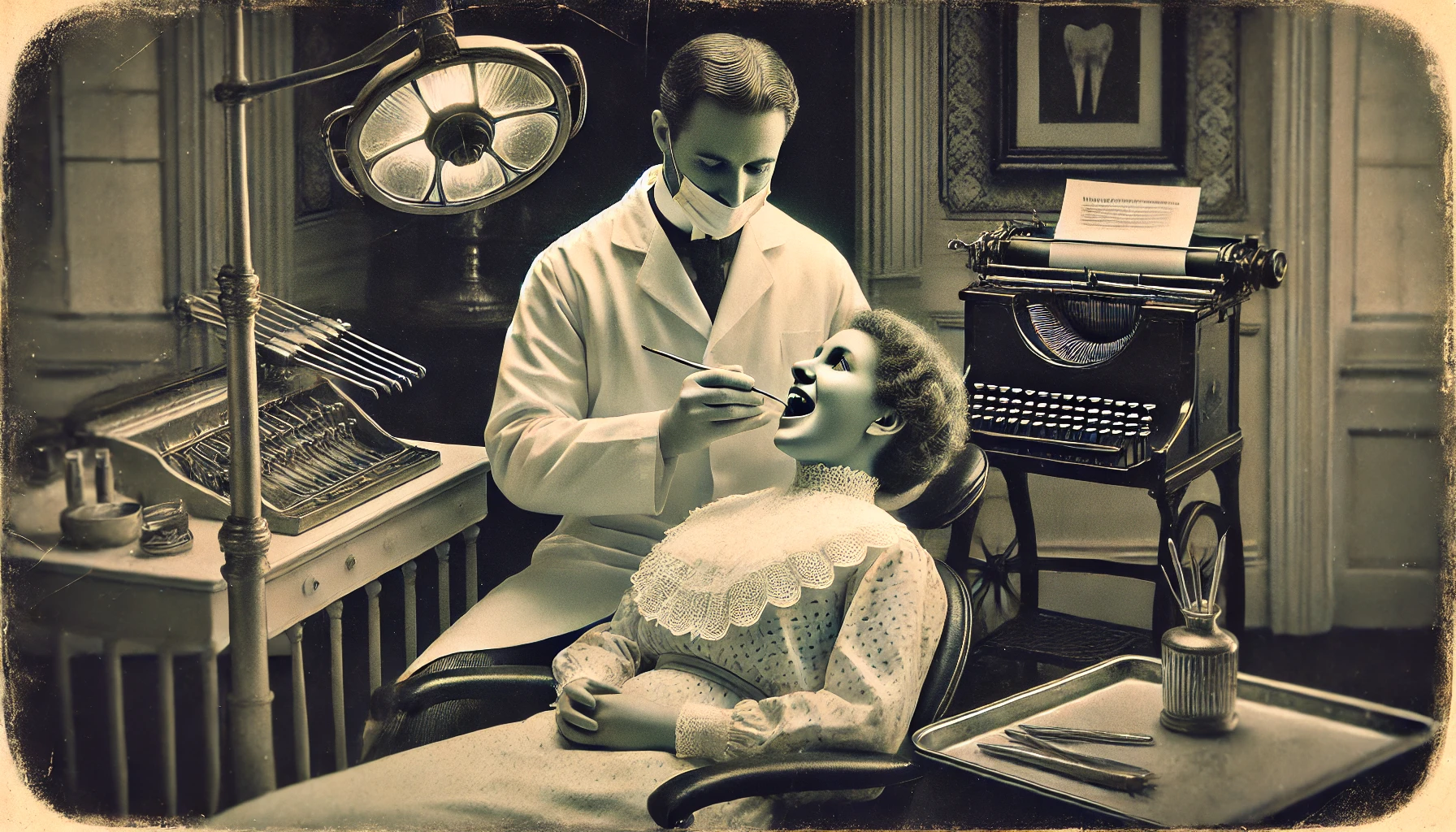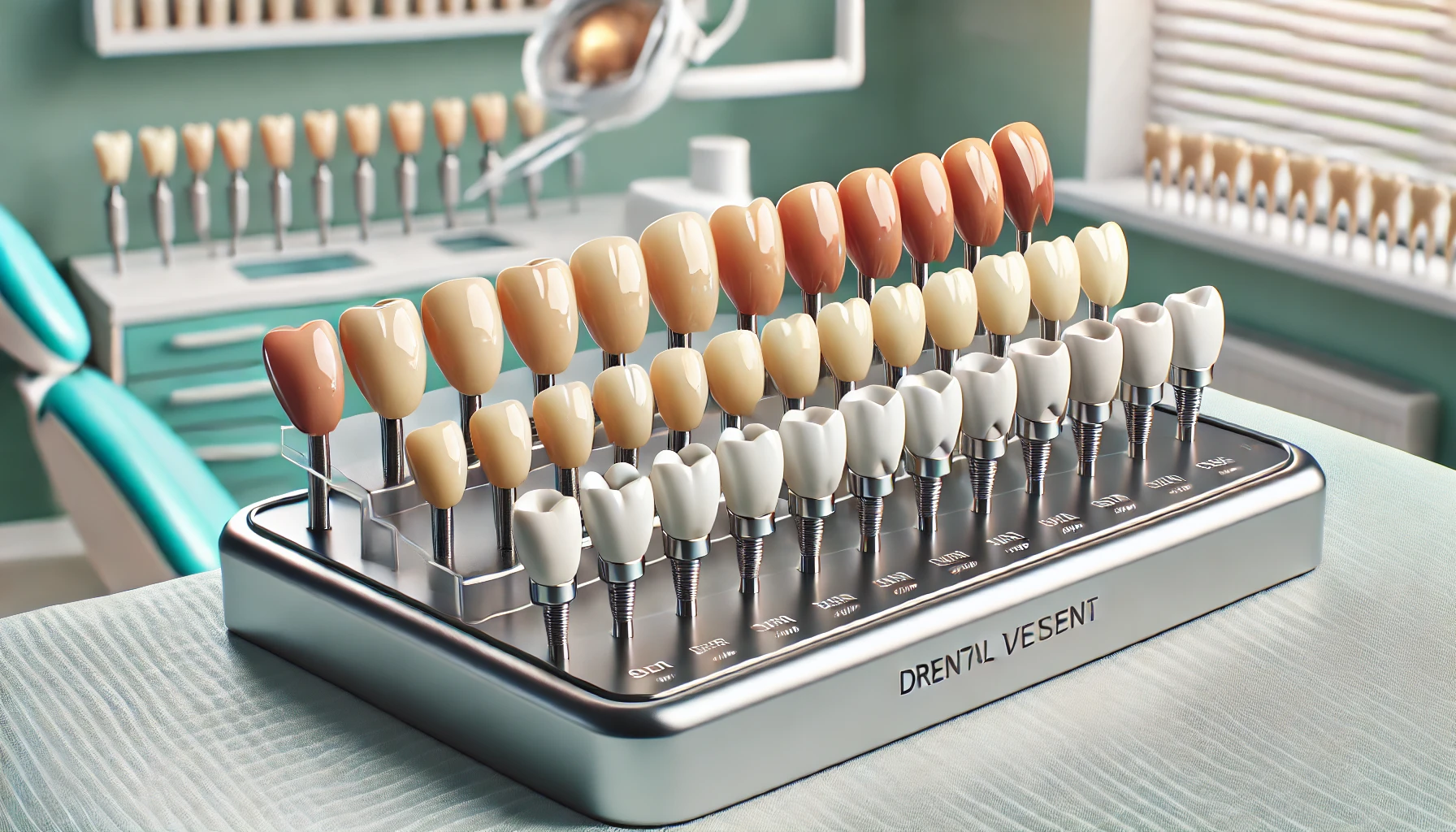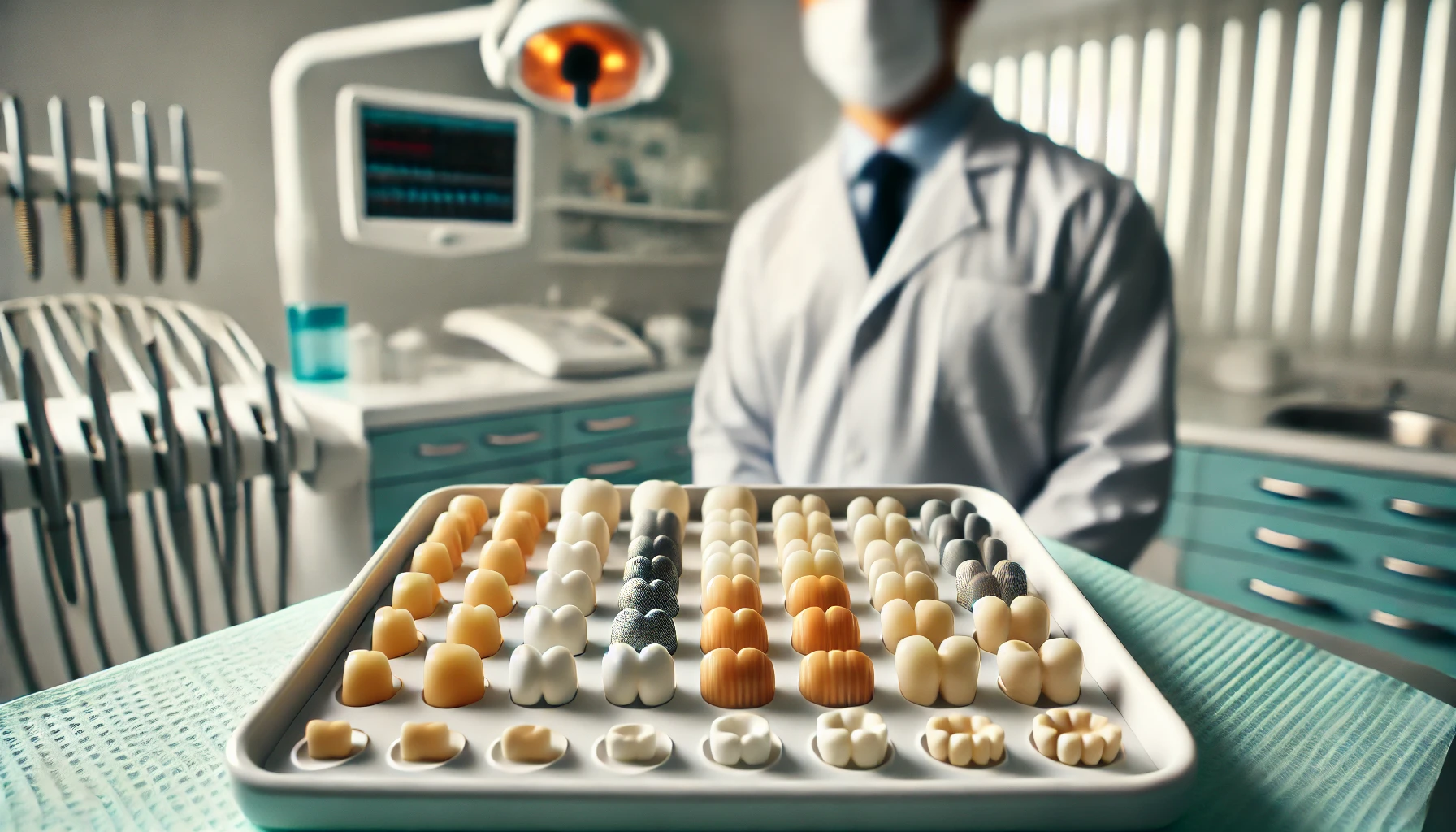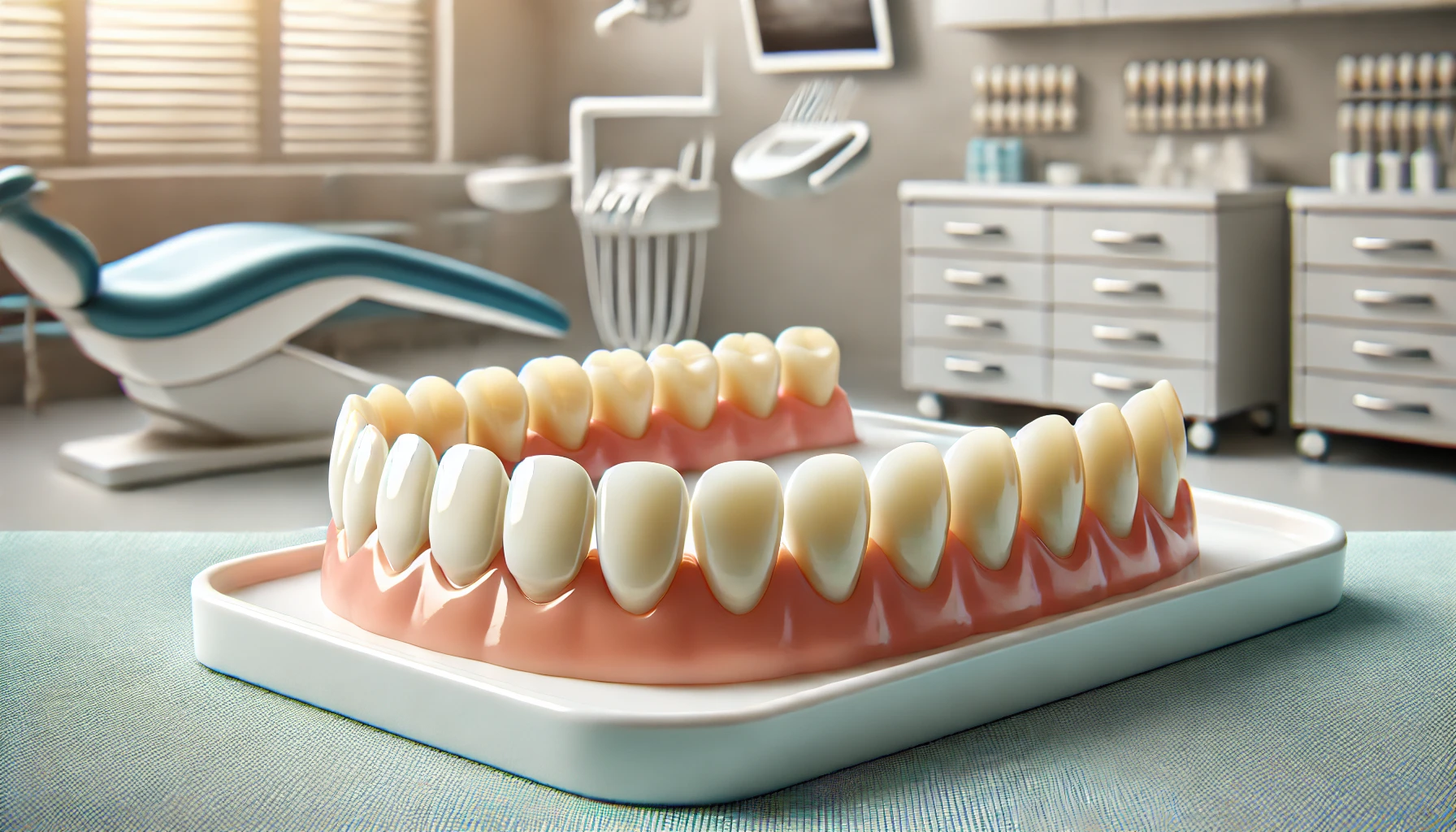
Veneers have significantly evolved since their introduction, playing an essential role in the advancement of modern dentistry. This article delves into the intriguing history of veneers, tracing their early applications in ancient civilizations and their rise in contemporary dental practices.
You will discover how advancements in materials and techniques have paved the way for the development of porcelain veneers, which have revolutionized cosmetic dentistry. Additionally, we will explore the current landscape of veneers, discussing their benefits and drawbacks, as well as what the future may hold for this transformative dental solution.
Join us as we journey through the history and future of veneers.
The History of Veneers

The origins of veneers can be traced back through a captivating history of dentistry, where early attempts at tooth restoration were both primitive and innovative in the realm of cosmetic dentistry.
This historical evolution laid the groundwork for the modern techniques we observe today, highlighting the importance of dental aesthetics and the artistry involved in enhancing smiles.
As dental professionals experimented with different materials and methods, veneers emerged as an effective solution for improving tooth shape and colour, significantly transforming the field of restorative dentistry.
What Were the First Types of Veneers?
The earliest veneers were made from straightforward dental materials such as shellac and gold foil, highlighting the remarkable ingenuity of early dental craftsmanship in cosmetic procedures.
These materials were chosen for their accessibility and flexibility, enabling skilled artisans to create thin layers that could effectively adhere to the surface of teeth, thereby enhancing the beauty of smiles. The primary aim of applying these veneers was cosmetic; they served to mask imperfections, correct discolouration, and overall improve aesthetics.
This initial use of dental materials not only demonstrates the innovative spirit of practitioners during that era but also reflects an increasing awareness of oral health and beauty standards. Consequently, these pioneering veneers laid the groundwork for modern advancements in dental aesthetics.
Today, contemporary materials such as porcelain and composite resins provide greater durability and versatility to meet the demands of today’s dental professionals.
How Were Veneers Used in Ancient Times?
In ancient times, veneers were primarily used for aesthetic enhancements, often made from materials such as ivory or precious metals. This practice reflected the values placed on beauty within ancient dentistry.
These early innovations not only improved personal appearance but also symbolised the social hierarchies of those civilisations. Having ornate dental fixtures was often a sign of wealth and high status.
For example, in pre-Columbian cultures, dental alterations served as indicators of nobility, while in ancient Rome, the elite frequently showcased distinctive veneers as a representation of their refined taste.
Fast forward to today, and while modern practices have evolved, the fundamental desire for a perfect smile—representing beauty and confidence—remains unchanged. This desire creates a fascinating connection between the dental aesthetics of the past and those of the present.
The Evolution of Veneers

The evolution of veneers has experienced remarkable advancements in dental technologies, enhancing both their functionality and aesthetic appeal. These improvements have transformed veneers from basic applications into sophisticated solutions, allowing for seamless smile transformations in the modern landscape of cosmetic dentistry.
While the cost of veneers can vary depending on the materials used and the complexity of the treatment, many patients find the investment worthwhile for the lasting confidence a beautiful smile provides.
When Did Veneers Become Popular in Modern Dentistry?
Veneers gained significant popularity during the late 20th century, marking a transformative moment in modern dentistry as patients increasingly prioritised aesthetic improvements and the appeal of their smiles.
This trend can be attributed to several crucial factors that have driven interest in cosmetic dentistry. The rise of social media platforms and the influential nature of celebrity culture have increased awareness of personal appearance, motivating individuals to invest in their smiles to boost self-confidence.
Simultaneously, advancements in dental materials, including improved ceramics and bonding agents, have made veneers more durable, natural-looking, and accessible to a wider audience.
Consequently, veneers have emerged not only as a cosmetic solution but also as a means for individuals to express their personal style and align with societal beauty standards.
What Materials Were Used to Make Veneers in the Past?
Historically, veneers were primarily crafted from dental materials such as porcelain and composite, each presenting its own set of advantages and challenges in achieving aesthetic objectives. Dentists favoured these materials for their natural appearance, durability, and ability to replicate the translucency of natural teeth.
Porcelain veneers, for example, are well-known for their stain resistance and longevity, making them a popular choice for individuals seeking a long-lasting solution. In contrast, composite veneers allowed for quicker applications and easier adjustments, providing greater flexibility during treatment.
Today, advancements in dental innovation have led to the introduction of modern materials that surpass these traditional options. Currently, ultra-thin ceramic veneers and advanced composite resins offer enhanced bonding strength and a range of aesthetic choices tailored to meet individual patient needs, reflecting the significant evolution of veneer manufacturing in contemporary dentistry.
How Did the Process of Making Veneers Change Over Time?
The process of creating veneers has significantly transformed over the years, shifting from labour-intensive methods to advanced veneer technology that enhances both efficiency and quality in dental artistry.
Today, dental professionals have access to innovative tools like digital scanners and 3D printing, which streamline the veneer placement process. These advancements not only simplify the initial design phase but also improve the accuracy of fitting when compared to traditional techniques.
Furthermore, the modern materials used in veneers, such as lithium disilicate and zirconia, provide superior strength and a more natural appearance, ensuring that the substrates closely resemble natural teeth.
As a result, these technological improvements not only prolong the lifespan of veneers but also enhance patient satisfaction by delivering more aesthetic, durable, and comfortable outcomes.
When Were Porcelain Veneers First Developed?
Porcelain veneers were introduced in the 1980s, representing a significant milestone in dental innovation that greatly expanded the possibilities for smile design and cosmetic procedures.
This advancement emerged from a growing desire to enhance the aesthetic appeal of dental health and marked the beginning of a revolution in cosmetic dentistry. Techniques became increasingly less invasive and more tailored to individual needs.
Over the decades, as the demand for attractive smiles continued to rise, further research and development in materials and application methods followed suit.
With technological advancements, dentists began to appreciate porcelain’s natural translucence and durability, which allowed for more lifelike results. As a result, porcelain veneers not only transformed individual smiles but also established a new standard for treatment options, highlighting the importance of patient-centred care in modern dentistry.
How Did Porcelain Veneers Improve upon Previous Types?
Porcelain veneers have significantly improved upon previous options by offering superior aesthetic enhancements, increased durability, and a remarkable ability to closely mimic the appearance of natural tooth enamel.
Patients frequently discover that these advanced materials not only enhance their smiles but also provide a considerable boost to their self-confidence. In contrast to earlier alternatives that were prone to staining and wear, modern porcelain veneers are specifically designed to resist discolouration and offer a more robust finish.
This enhanced resilience results in fewer visits for replacements or repairs, ultimately leading to greater patient satisfaction. Beyond their visual appeal, many individuals also enjoy a more natural bite and feel, making porcelain veneers a preferred choice for cosmetic improvements in today’s dentistry.
With their outstanding colour stability and lifelike appearance, patients can confidently showcase a radiant smile that seamlessly integrates into their daily lives.
The Advancements of Modern Veneers

Modern veneers have undergone significant advancements, resulting in a variety of types that cater to the diverse needs of patients.
This evolution highlights the growing trend towards minimally invasive dentistry and the enhanced technologies available in the field of dentistry.
What Are the Different Types of Veneers Available Today?
Patients today have the option to choose from various types of veneers, including porcelain and composite veneers, each designed for specific dental applications and patient preferences.
These veneers not only improve the aesthetic appeal of a smile but also differ in terms of durability, cost, and the complexity of their application. Porcelain veneers are particularly well-regarded for their stain resistance and natural appearance, making them a preferred choice for individuals seeking long-lasting results.
Conversely, composite veneers are generally more budget-friendly and can often be applied in just one visit; however, they may not last as long and can be more susceptible to chips and discolouration.
By understanding the characteristics and suitability of each type, patients can make informed decisions that align with their individual dental health needs and cosmetic goals.
How Have Veneers Evolved in Terms of Durability and Aesthetics?
Veneers have undergone remarkable advancements in both durability and aesthetics, primarily due to innovations in dental materials that enhance their performance while preserving a natural appearance.
Recent developments include the utilisation of ultra-thin ceramics and composite resin technologies, which not only resist wear and staining but also provide a more seamless integration with the natural teeth.
Furthermore, improved bonding techniques have significantly increased the longevity and resilience of veneers, allowing them to withstand everyday challenges.
As a result, individuals choosing veneers can achieve a perfect balance between functionality and aesthetics, enjoying a radiant smile without sacrificing strength. This progression ensures that a natural look is maintained, even with rigorous daily use, making modern veneers an excellent option for dental restorations.
The Impact of Veneers on Dentistry
Veneers have significantly transformed the field of dentistry, offering patients effective solutions for enhancing their smiles.
This advancement has not only improved dental care but also enriched the overall patient experience.
How Have Veneers Transformed the Field of Dentistry?
Veneers have significantly transformed the field of dentistry by establishing new standards in cosmetic enhancements. They enable more effective dental procedures that prioritize patient satisfaction.
These ultra-thin shells, which are adhered to the front surfaces of teeth, have expanded the range of aesthetic options available to patients. They have also redefined what patients expect when striving for that perfect smile.
For many individuals, veneers have become the go-to solution for correcting issues such as discoloration, chips, or gaps, often preferred over traditional methods like crowns or braces. This shift highlights a growing demand for less invasive treatments that provide quicker results, encouraging dental practitioners to adopt more innovative techniques and materials.
As a result, veneers have become a crucial component of modern cosmetic dentistry, effectively marrying beauty with functionality. They also foster a patient-centric approach that places individual needs and desires at the forefront of dental care.
What Are the Benefits and Drawbacks of Veneers?
Veneers provide a range of benefits, including aesthetic enhancements and tooth restoration; however, there are some drawbacks that patients should carefully consider before opting for veneer solutions.
While these dental enhancements can significantly improve the appearance of crooked or discoloured teeth, helping individuals achieve their desired smiles, it is important to consider the long-term implications of the procedure. For example, applying veneers generally involves removing a thin layer of enamel, which may lead to increased sensitivity over time. Additionally, the financial investment can be considerable, as veneers typically require replacement every 10 to 15 years.
Thus, patient education plays a vital role in the decision-making process for this cosmetic treatment. By understanding both the transformative benefits and the potential concerns linked to veneers, individuals can make informed and confident choices regarding their dental care.
The Future of Veneers

The future of veneers is quite promising, thanks to ongoing technological advancements that are improving materials and techniques.
These developments are set to enhance patient education and outcomes in cosmetic dentistry, making the process more effective and satisfying for everyone involved.
What Technological Advancements are Being Made in Veneer Production?
Recent advancements in veneer production technology have introduced innovative materials and techniques that greatly enhance both the quality and efficiency of veneer maintenance.
These breakthroughs feature stronger, more durable composite materials that not only elevate the aesthetic appeal of veneers but also minimise wear and tear over time. Additionally, digital fabrication processes, such as CAD/CAM technology, enable precise customisation of veneers, ensuring a perfect fit that seamlessly adapts to individual dental structures.
For dental professionals, these innovations simplify the fitting and adjustment processes, resulting in significantly shorter appointment times and greater patient satisfaction. Patients, in turn, enjoy the benefits of enhanced longevity and aesthetics of their veneers, which contribute to improved self-confidence and a healthier smile overall.
How Will Veneers Continue to Evolve in the Future?
As dental research continues to evolve, we can anticipate that the future of veneers will bring about even greater customisation options to meet the varied needs of patients in advanced dentistry.
This progression may involve the use of cutting-edge materials that enhance both durability and aesthetic appeal, potentially transforming the experience of cosmetic enhancements for patients.
The incorporation of digital imaging and 3D printing technology could lead to more precise fittings and improved turnaround times, creating a smoother process for individuals seeking a radiant smile.
Innovations such as smart veneers might even have the capability to monitor oral health, providing real-time feedback to both patients and dentists.
As a result, these advancements are likely to significantly improve patient outcomes, fostering confidence and comfort in dental treatments while catering to personal preferences and lifestyle changes.
Frequently Asked Questions
What are veneers and how have they transformed dentistry?
Veneers are thin shells made of porcelain or composite resin that are placed on the front surface of teeth to improve their appearance. They have transformed dentistry by providing a minimally invasive and long-lasting solution for improving the aesthetics of teeth.
When were veneers first used in dentistry?
Veneers were first used in dentistry in the 1920s, but they were originally made of acrylic and were not very durable.
How have veneers evolved over time?
Veneers have evolved significantly since their first use, with advancements in materials and techniques. They are now made of more durable materials like porcelain and can be customised to match the color and shape of natural teeth.
What impact have veneers had on cosmetic dentistry?
Veneers have had a major impact on cosmetic dentistry by providing a less invasive alternative to procedures such as crowns or orthodontics for improving the appearance of teeth. They can also address multiple cosmetic issues at once, such as discoloration, gaps, and misalignment.
Are there any potential downsides to getting veneers?
While veneers are generally a safe and effective option for improving the appearance of teeth, they do require some removal of natural tooth structure. Additionally, they may need to be replaced after 10-15 years depending on the individual’s oral hygiene and habits.
Can anyone get veneers?
Veneers are not suitable for everyone. Those with significant tooth decay, gum disease, or inadequate tooth enamel may not be good candidates for veneers. A consultation with a dentist is necessary to determine if veneers are the right option for an individual’s specific needs.






